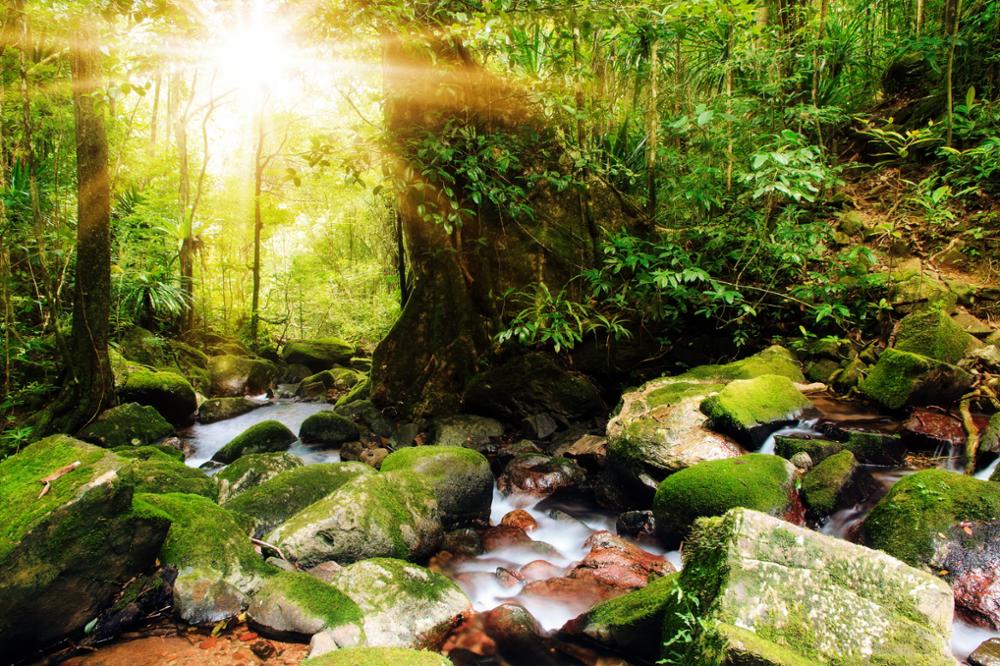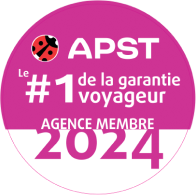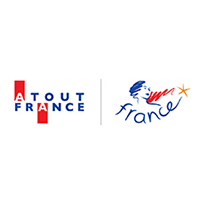Madagascar
Masoala National Park: A true sanctuary of nature
The creation of Masoala National Park in 1997 was quite late, as 15 species of lemurs and many other species had already disappeared due to human activity. Similarly, the inclusion of the largest protected area in Madagascar on the UNESCO World Heritage list is also recent, in 2007. This park could be compared to a miniature Amazon without the poisonous plants and venomous animals! The visit will mark you forever!
An extremely dense and immensely rich forest

The forest in the park is so dense that only about 10% of sunlight reaches the ground. The habitats are exceptionally diverse, including rainforests, alluvial and flooded forests, swamps and mangroves, as well as coastal forests, which have become a rarity on the island.
Biodiversity and the level of endemism are among the highest in the world in these forests. The national park includes a marine park of 100 km² and a special reserve, Nosy Mangabe (520 ha), an island in the Bay of Antongil. This ensemble is said to host about half of Madagascar's plant species in terms of species count.
Here are the statistics:
- 235,000 ha of tropical rainforest
- 15 different species of lemurs
- 102 species of birds
- 1,100 plant species
- 99 species of marine algae
- 300 species of fish
- 164 species of corals
- 27 species of sea cucumbers
A forest walks in the land of lemurs

The park offers wonderful walks through varied landscapes, including waterfalls, bucolic rivers, and undergrowth… If you're a botany enthusiast, you'll notice that the varieties of palm trees and orchids, among others, are exceptional. You'll feel like you're in the heart of an enchanted forest!
Moreover, the animals that inhabit it are far from ordinary, including the Uroplate (the camouflage champion), the aye-aye (the half-cat, half-vampire lemur), the tomato frog, the red owl, and more. If they're not extraordinary, they are very rare, such as the Madagascar serpent eagle, the Soumagne's owl, and the red ruffed lemur.
To enjoy the scenery, activities such as hiking, trekking, and kayaking are available. Venture deep into the forest and spot animals through the thick vegetation, follow a river and admire the colors, walk along the beaches and observe rocks adorned with inscriptions from ancient Dutch navigators… Adventure awaits!
A sea excursion in the land of sea turtles

Masoala National Park also offers an extraordinary marine world! Dive into this realm to swim among colorful fish, rays, sea turtles, and reef sharks. Snorkeling is truly magical in this small corner of the world! The diversity and colors are simply extraordinary!
Each year, between July and October, is the best time for observing humpback whales, which come to the Bay of Antongil to breed and give birth. The majestic southern right whale, the large dolphin, the pink-bellied dolphin, and the rare dugong also inhabit the area! The aquatic parade is simply… moving !

